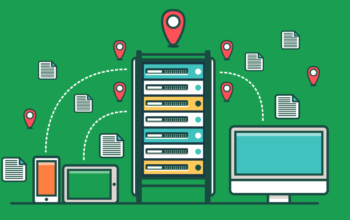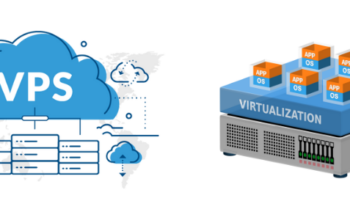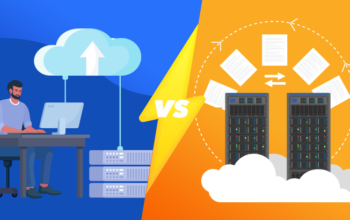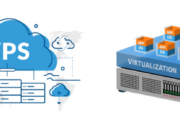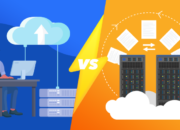Uzone.id – The year 2024 continues to see the ongoing impact of the cloud revolution! Fresh developments are coming to the forefront, and businesses must be prepared to embrace them. Now is the time to make the most of the latest cloud progress and remain at the forefront of industry advancements.
According to Bernard Marr on Forbes, here are the top ten cloud computing trends everyone should get ready for:
- Integration of AI and Machine Learning
Artificial intelligence (AI) and machine learning (ML) are now part and parcel of cloud platforms providing advanced analytics, automation, and personalized customer experiences. AI as well as ML capabilities have been embedded by cloud providers directly into their services thereby making them cheap and accessible to businesses.
- Multi-Cloud Solutions Plus Hybrid Clouds
Organizations find multi-cloud approaches together with hybrid clouds essential because they help them avoid being tied down to one vendor, improve flexibility, and optimize costs. The best elements from each provider can be leveraged while ensuring redundancy and resilience of data through workload distribution across various cloud environments.
- Expansion of Edge Computing
Edge computing is gaining popularity due to its ability to bring data processing closer to where it is generated from hence reducing latency; this also boosts real-time analytics which requires immediate processing of information like in self-driving cars or smart cities among others.
- Serverless Computing
Serverless computing has simplified development by allowing coders just focus on writing codes without bothering about managing infrastructures; therefore more applications are being run via clouds thus enabling scalability at lower prices.
- Enhanced Security Measures
To counter increasingly sophisticated cyber threats, security has become a top priority for cloud providers who now integrate zero-trust architecture alongside encryption plus AI-driven threat detection among other advanced features meant for this purpose so that both sensitive data gets protected robustly while regulatory standards are adhered to accordingly.
- Initiatives Towards Sustainability
Cloud providers are becoming environmentally conscious by finding ways through which they can minimize their carbon footprints such as having energy-efficient data centers that are powered using renewable sources; these moves resonate well with global efforts directed towards combating climate change as well as fostering eco-friendly business practices.
- Quantum Computing
Although still at experimental stages, quantum computing could potentially transform cloud computing due to its ability to solve complex problems faster than classical computers can do; thus some cloud vendors have started investing in quantum research while others offer early access to quantum processing via their platforms.
- Containerization and Kubernetes
Cloud infrastructure management has been simplified by containerization via tools like Kubernetes that allow applications to be deployed & scaled more efficiently; this leads to improved application portability across different clouds besides promoting consistency and operational efficiency throughout cloud environments.
- 5G Connectivity
Cloud capabilities are greatly enhanced with the advent of 5G networks which provide faster internet connections characterized by reliability; consequently, this boosts performance levels for various cloud apps while also supporting IoT devices thereby opening up new possibilities such as augmented reality (AR) or virtual reality (VR).
- Data Fabric
Data fabric is a rising concept meant for giving organizations one united framework regarding managing their data across multiple settings thus ensuring seamless integration together with accessibility alongside governance needed for organizations’ strategic decision-making based on insights derived from data.

Getting Ready for What’s Next
In order not to fall behind, organizations should invest in appropriate technologies as well as take strategic approaches towards adopting clouds lest they fail to be competitive enough vis-à-vis other players within their industries who might have embraced these trends earlier on. You can start by:
Evaluating Cloud Providers: You need to evaluate different offerings made by various service providers so that you can select the one that aligns best with your organization’s requirements in terms of cost, and security features offered among others.
Investment in Talent: Train a workforce that is skilled and can therefore use cloud technologies. Development programs can be useful in keeping up with the latest trends and tools.
Strategy Flexibility: Optimize resources, avoid vendor lock-in, and enhance resilience by adopting multi-cloud and hybrid-cloud strategies.
Safety First: Protect sensitive data by putting cybersecurity first and ensuring compliance with regulatory requirements.
Innovate Everywhere: Remain open to innovation wherever it may come from even if it involves using artificial intelligence (AI), quantum computing, or edge computing which are still new but have the potential for driving change across different sectors of the economy while improving business processes at large.
Organizations should grasp these trends in cloud computing so that they can grow through utilizing it, work smarter, not harder, as well as keep pace with an ever-changing digital world.




